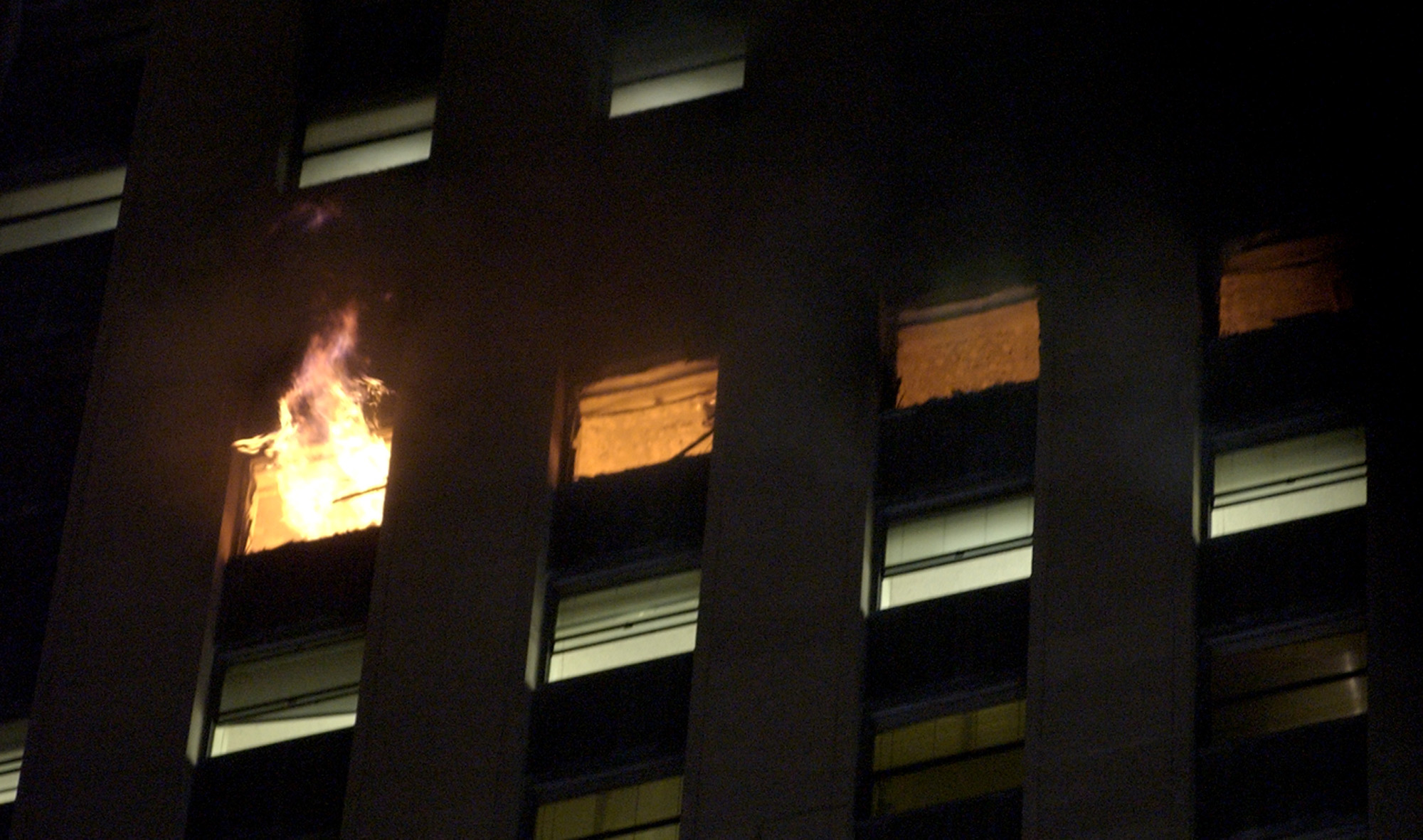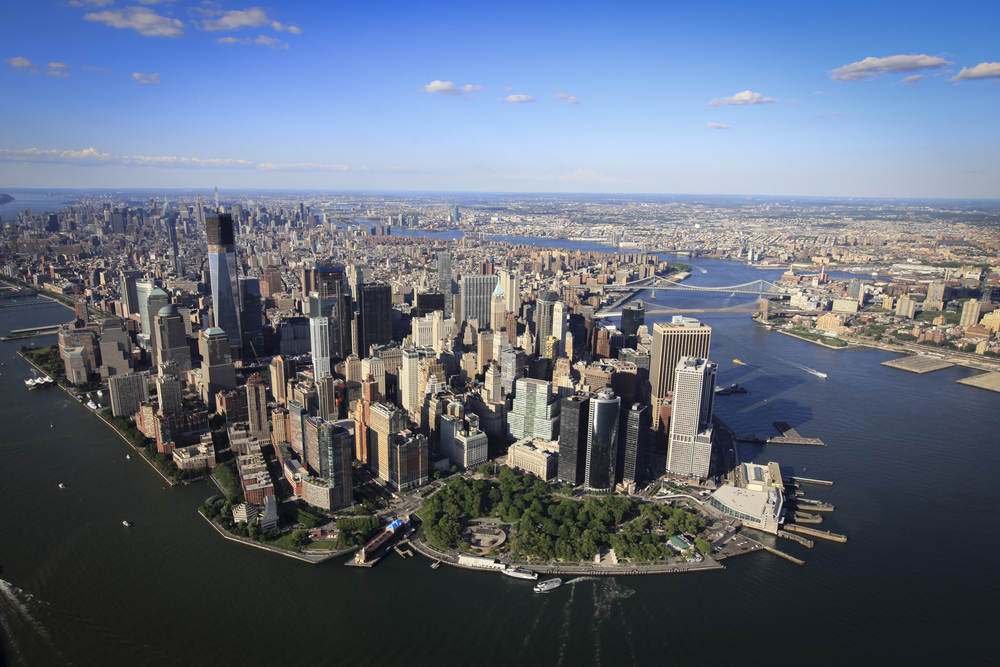A man died trying to escape a fire in his high-rise apartment building in Manhattan earlier this month. What makes this all the more tragic is that he would have survived — if he had only stayed in his apartment. Skyscrapers are designed to contain fires, so that, even when you’re hearing alarms and smelling smoke, the safest thing to do is to ignore every instinct to flee and stay put.
So how is it that the best way to survive a skyscraper fire is doing the exact opposite of what you should do in every other case?
Staying put
Under the “defend-in-place” strategy, only people on the floor of a fire need to evacuate, as the fire is left to burn itself out. Defend-in-place exists because, well, other strategies just don’t work in a high-rise. At skyscraper heights, firefighters can’t get enough water pressure to put out the fire. And, with so many people packed into a building, evacuation creates hazards of its own. (The man in New York died of smoke inhalation in a stairwell.)
It all comes down to compartmentalising the fire. In the New York blaze, residents of apartments right next door to the fire were fine. Self-closing and fire-resistant metal doors actually go a long way to keep flames from spreading. Spray-on fireproofing material protects the structural frames of buildings. Automatic sprinklers can also help. At the famous Petronas Towers in Kuala Lumpur, a building control system suppresses fire by creating a “pressure differential” between the floor on fire and others.

Evacuation, if you really must
Possibly no single event has altered skyscraper fire design as much as 9/11. A skyscraper on fire had never crumbled like that before in the US, and it got people thinking about evacuation procedures in more extraordinary situations. In the aftermath, the National Institute of Standard and Technology issued new recommendations, a number of which focused on improved designs for evacuation, such as glow-in-the-dark stairwell markings, extra stairwells and impact-resistant walls around stairs.
Emergency chutes — giant slides, really — have caught on in Asia, but not in the US Friction generally keeps you from falling dangerously fast (no word on the friction burns though), and the chutes are designed to prevent too many people using them at once. The catch is that the chutes don’t work so well in dense areas because they need space for their descent, to avoid being dangerously steep.
Another idea are elevators deemed “lifeboats”, which seems to fly in the face of the conventional wisdom that tells us to avoid elevators in a fire. Evacuees could take the stairs to specific floors, where they board such an elevator down. The system would also require real-time communication between emergency responders and evacuees to figure out elevators are safe from fire.

Real-time updates
As the elevator lifeboats suggest, up-to-date information could help save lives. Some experts want more extensive monitoring, such as cameras in stairwells, so that rescuers can be aware of a changing situation. (Cameras, of course, have privacy implications of their own.) A New York lawmaker is pushing for PA systems to give residents instructions during a fire.
Ultimately, technical innovations only matter if people know what to do. The bottom line is something you already know but never do: Read the evacuation procedures for your building. [Fire Protection Engineering, High-Rise Firefighting, New York Times, The Times of India, Fast Company, Cleveland Plain Dealer, Engineering News Record]
Images: AP Photo/Charles Rex Arbogast, AP Photo/M. Spencer Green, Shutterstock/CV Garas
